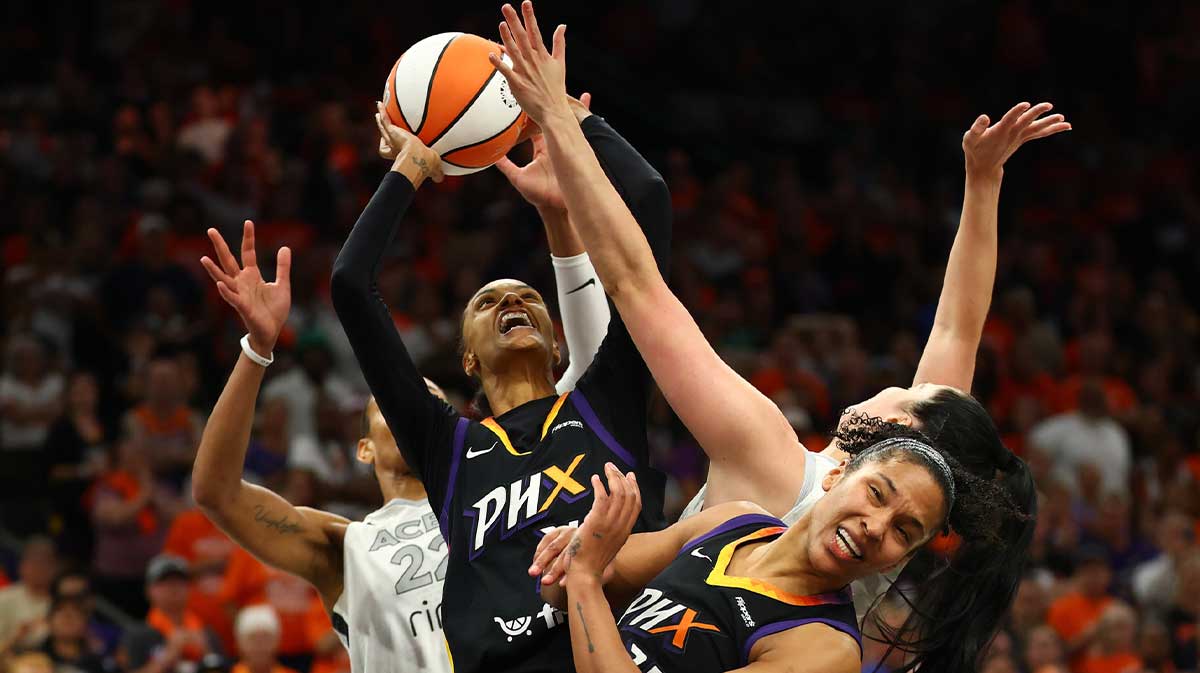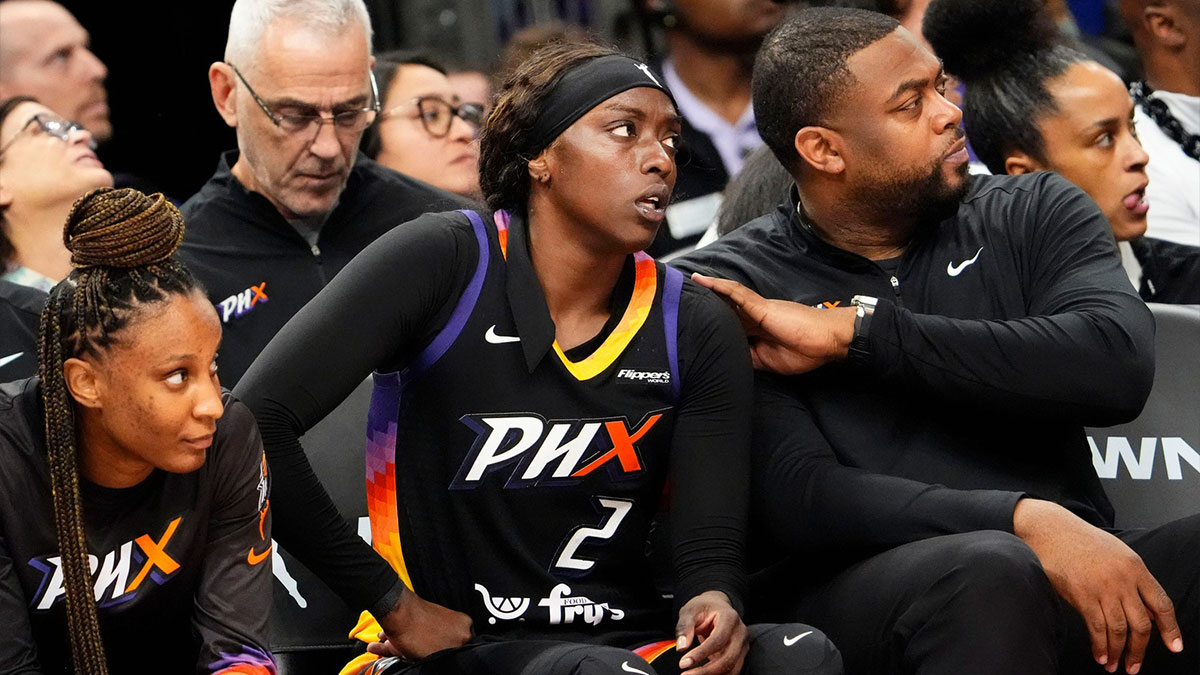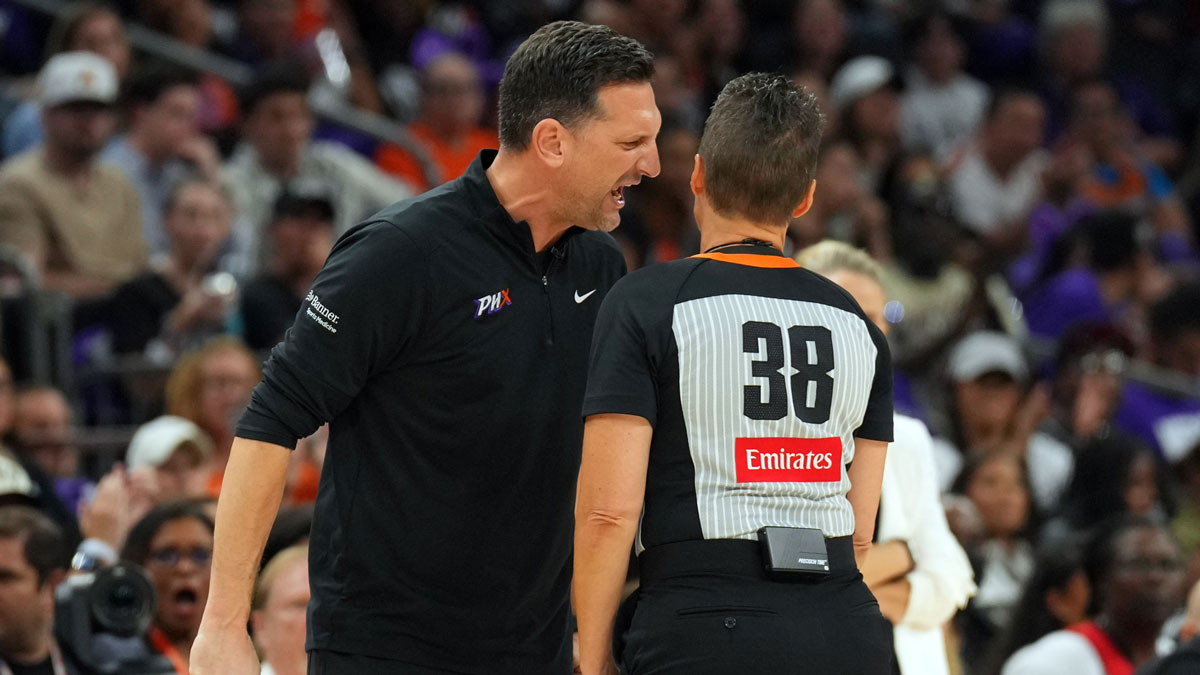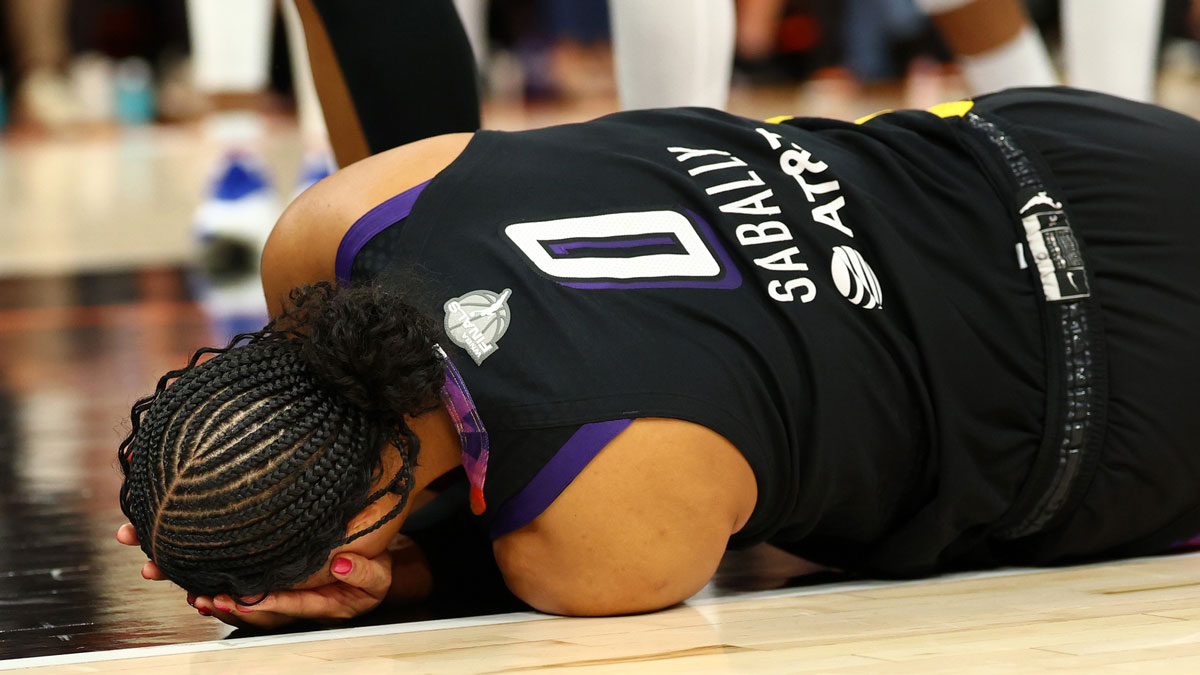In sports, the line between winning and losing often hinges on execution, resilience, and strategic adaptability. This fact has been extremely evident in the 2025 WNBA Finals, where the pressure is unrelenting and each game brings careers and legacies into sharp focus.
The Phoenix Mercury face the daunting challenge of overcoming a 3-0 series deficit against the two-time champion Las Vegas Aces. With Game 4 set to take place on the team's court in Phoenix, the Mercury must stave off elimination to avoid being swept in front of their home crowd.
This is an immense challenge. Las Vegas, led by the unstoppable A’ja Wilson, has demonstrated superior late-game execution, bench production, and defensive consistency throughout the series. Additionally, the Mercury’s star forward Satou Sabally has been ruled out with a concussion, adding another layer of difficulty.
But despite these hurdles, Phoenix is not hopeless. The Mercury can still avoid a Finals sweep, prolong the series, remain competitive, and preserve their championship aspirations against a historically dominant Las Vegas team.
Before exploring how Phoenix can respond, it is crucial to understand how the Mercury reached this critical point in the Finals. While all three games were competitive, they each highlighted recurring struggles for Phoenix, especially when it comes to shutting down Wilson, executing in clutch moments, and staying disciplined in key possessions.
In Game 1, the Mercury fell just short in a tightly contested 89-86 loss. Game 2 saw the Aces pull away in the second half en route to a 91-78 finish, showcasing their superior conditioning and bench depth. Most recently, Game 3 ended in heartbreak for Phoenix when Wilson hit a buzzer-beater to seal a 90-88 win, despite a strong effort from Mercury veterans. These narrow losses illustrate that the series is not as lopsided as the 3-0 scoreline suggests. Nevertheless, they also reveal a critical pattern: Phoenix is consistently losing control in high-leverage situations.
Compounding these challenges is the absence of Satou Sabally, one of Phoenix’s primary scorers and rebounders, who suffered a concussion in Game 3. Without her, the Mercury must now recalibrate both their offensive and defensive strategies in order to stay competitive.
Containing A’ja Wilson and disrupting rhythm
Central to Phoenix’s hopes of extending the series is a defensive scheme that can limit the impact of Wilson, the regular-season MVP and Finals MVP front-runner. Wilson has been nothing short of spectacular, averaging over 30 points per game and dominating the boards with ease. Conventional one-on-one coverage has failed, so Phoenix must adopt more complex and aggressive tactics.
Selective double teams, especially when Wilson receives the ball in the low post, can force her into uncomfortable passing situations. However, overcommitting to the double leaves the perimeter vulnerable, so the Mercury must execute smart rotations and closeouts to limit open 3-point opportunities for Jackie Young, Chelsea Gray, and Jewell Loyd.
Secondly, Phoenix should experiment with hybrid zone schemes, with one defender assigned to shadow Wilson at all times, likely Alyssa Thomas or DeWanna Bonner, while the rest play zone behind. It's risky, but these variations may force Las Vegas out of its offensive comfort zone.
The level of physicality also has to increase. The Mercury must fight for every rebound, contest every shot, and crowd the paint to make Wilson earn her points. Fatigue and frustration can play to Phoenix’s advantage, particularly if they use fresher bench players to rotate defensive pressure.
Redistributing scoring
With Sabally sidelined, the Mercury’s offense cannot rely on its previous structure. Instead, Phoenix must turn to a more fluid and diverse offensive approach that utilizes the full depth of its roster. The trio of Thomas, Kahleah Copper, and Bonner must now carry the scoring load, while lesser-used players contribute meaningfully in spot minutes.
Thomas, known for her versatility, should serve as the team’s primary facilitator. Running offense through her at the high post or elbow allows Phoenix to initiate movement, set backdoor screens, and create dribble-hand-off opportunities. Copper, a dynamic slasher and mid-range scorer, can attack the Aces’ defense off the dribble, especially when spaced properly.
Bonner, while less consistent in this postseason, remains a veteran who can knock down timely shots and create space. The key is ensuring she’s not overused in isolation sets, which tend to slow the offense and make it predictable. Instead, she should serve as a secondary option, taking advantage of defensive over-rotations.
Additionally, Phoenix must prioritize ball movement and avoid stagnant possessions. The Aces have thrived off turnovers, and the Mercury must therefore keep their turnover rate low by using high-percentage plays like pick-and-rolls, backdoor cuts, and off-ball screens to generate clean looks.
Tempo control and transition opportunities
One of the Mercury’s biggest missed opportunities in the series has been controlling the game’s tempo. Against a team like Las Vegas, which thrives in transition and feeds off momentum, slowing the pace and dictating rhythm is crucial. At the same time, Phoenix must be opportunistic in transition to capitalize on fast-break chances created by defensive stops or missed shots.
The Mercury should push the ball after defensive rebounds, particularly when Wilson is caught deep in the paint or the Aces are slow to retreat. Quick outlet passes to Copper or Thomas can lead to early offense, before Las Vegas sets its half-court defense. However, Phoenix must also know when to slow it down, especially late in quarters, to execute structured plays with minimal risk.
Controlling tempo also means managing foul trouble and stamina. In high-stakes games, minimizing fouls while staying aggressive on defense is a delicate balance. Rotating in bench players early in each half can help manage fatigue, which becomes especially important in the closing minutes.
Bench contributions and matchup management
Phoenix’s bench, though not as deep as Las Vegas’s, can still be a difference-maker if used strategically. Sami Whitcomb, Monique Akoa Makani, and Kathryn Westbeld have all shown flashes throughout the season and can provide energy, shooting, and defensive hustle. Head coach Nate Tibbetts must find moments to rest starters without sacrificing intensity.
Matchup exploitation will also be key. If Las Vegas rests Wilson or Gray, Phoenix must immediately go on the attack, targeting mismatches in the post or forcing the pace. Even two-minute scoring runs during bench rotations can shift the momentum of a game.
Moreover, Phoenix might consider playing small-ball lineups with four guards or wings surrounding one big. This formation allows for faster ball movement, increased spacing, and mismatches that could pull Wilson or other bigs out of the paint, opening driving lanes right up.
Let home-court advantage boost their mental toughness
At this point in the series, tactics alone are not enough. The Mercury must approach Game 4 with mental toughness and the belief that they can win. Playing at home provides a psychological edge. Phoenix has been strong in front of its fans all season, and the crowd’s energy can serve as a sixth player if harnessed correctly.
This means coming out with high intensity in the first quarter, showing physicality on defense, and setting the tone early. A strong start can rattle Las Vegas and energize the crowd. Phoenix must also respond decisively to any Aces runs, maintaining composure and avoiding the mental lapses that have hurt them late in previous games.
Timeout management, vocal leadership from veterans, and clear communication on switches and rotations will be vital. Every possession must be played with urgency but not desperation. If the Mercury can remain poised, they can feed off their home-court environment and force the Aces into uncomfortable situations.
The 2025 WNBA Finals have not gone as planned for the Mercury. Down 3-0 against a battle-tested Aces team and missing a key contributor in Sabally, the odds are undeniably stacked against them. But sports history is filled with improbable turnarounds born from grit, strategy, and belief. Phoenix still holds the tools to avoid a sweep: Defensive innovation, offensive redistribution, tempo control, bench utilization, and emotional resilience.
By defending Wilson with aggressive schemes, redistributing the scoring load across Thomas, Copper, and Bonner, controlling the pace, and maximizing home-court energy, the Mercury can win Game 4 and keep their season alive. While a complete series comeback would be historic, the immediate goal is to extend the series and demonstrate championship-level heart.
Ultimately, avoiding a sweep is not just about changing the scoreboard — it’s about reaffirming identity, earning respect, and writing a chapter of resilience in WNBA history. Whether or not the Mercury ultimately win the series, how they respond in Game 4 will define the legacy of their 2025 season.



















